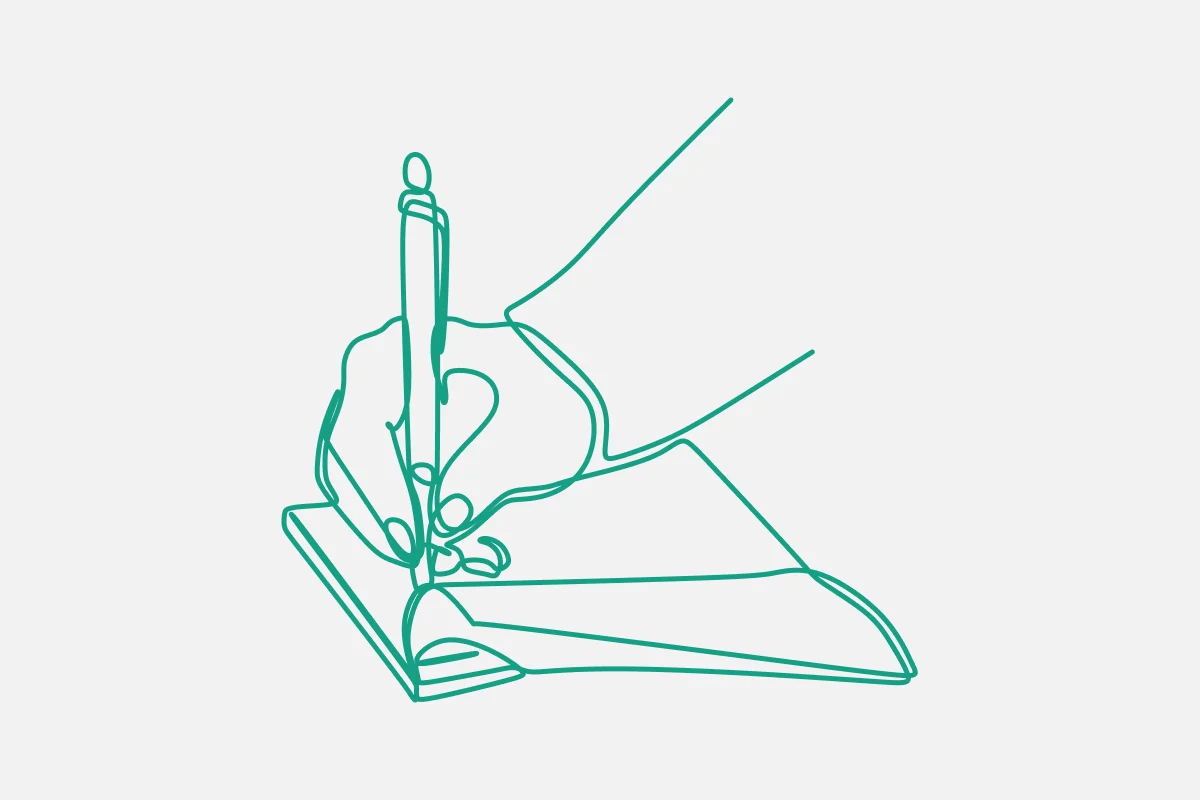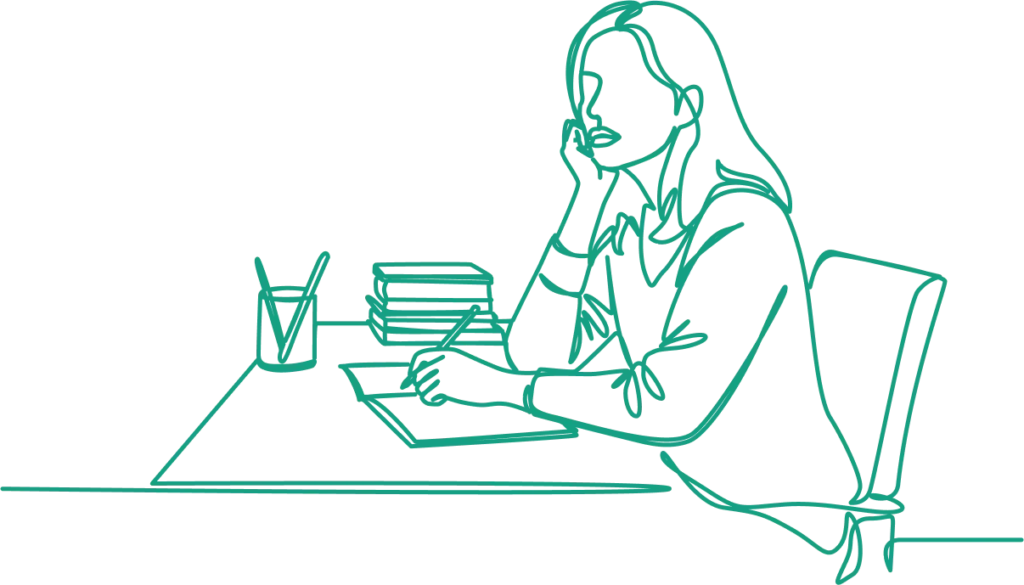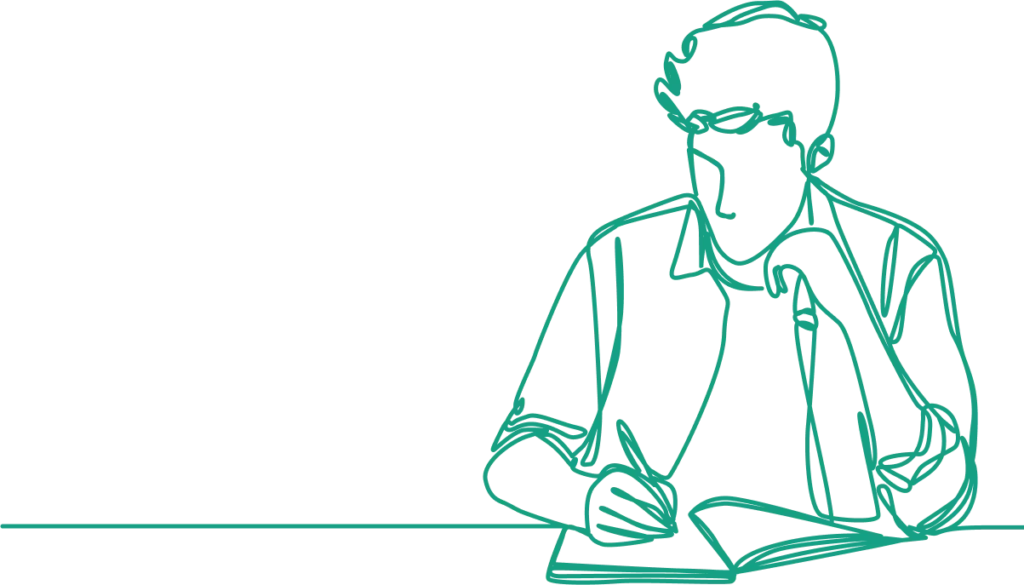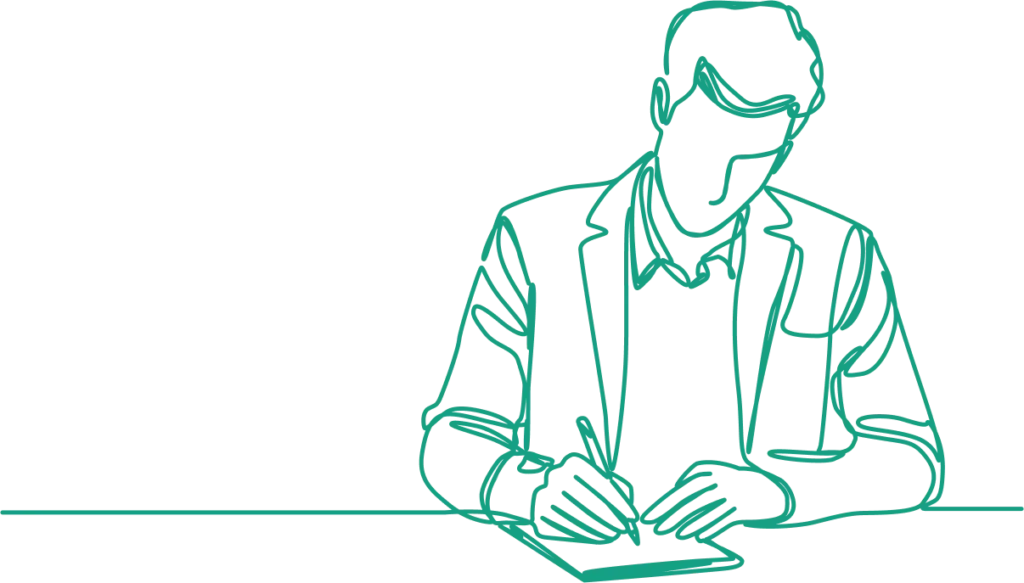The Lost Art of Daily Writing: Journaling for Energy and Resilience: Part 3

Sharpening the Saw in a World That Won’t Slow Down —
From Etchings to Journals
Long before notebooks and apps, humans left etchings on cave walls or carvings in stone— records of the hunt, the harvest, the building of monuments. These weren’t just decorations; they were a kind of early journal. They helped communities record what happened, reflect on what mattered, and, centuries later, allow us to reframe how we understand the past.
Journaling continues that tradition today. Instead of chiseling into stone, we take a pen—or even a phone—and carve a record of our lives. These small entries capture energy in the moment and make it available to us later as insight and resilience.
Sharpening the Saw
In The 7 Habits of Highly Effective People, Stephen Covey calls Habit 7 “Sharpen the Saw.” He tells the story of a man feverishly sawing at a tree. When asked why he doesn’t pause to sharpen the saw, the man replies: “I don’t have time.”
Daily writing works the same way. Pausing to journal may feel like a delay, but it actually restores energy and prevents burnout. It keeps us from making progress in the wrong direction —or pushing so hard that we lose clarity. Just as a sharp saw cuts more cleanly, a journaling practice keeps our mental and emotional energy clear, strong, and aligned.
Why Journaling Works
Research shows that writing regularly can improve mental clarity, reduce stress, and even strengthen memory and immune response (James Pennebaker, Expressive Writing). More recently, studies highlight how journaling helps people recognize patterns in their thoughts and behaviors, making it easier to adjust and grow.

Atul Gawande makes a similar point in The Checklist Manifesto: we think we’ll remember everything, but we don’t. That’s why surgeons, pilots, and engineers use checklists. Journaling
works like a personal checklist: it captures what feels important in the moment—where our energy is going—so we don’t have to trust our memory alone. Over time, it becomes a map of lessons, challenges, and progress.
Examples of Daily Journaling in Action
- A high school student jots: “I felt overwhelmed before practice, but I had more energy after.” Weeks later, the pattern shows that exercise consistently improves mood.
- A professional writes: “Part of me feels confident about the meeting, part of me is nervous.” Seeing both emotions on paper redirects scattered energy into preparation.
- A parent records: “Today was chaotic, but I handled the conflict without yelling.” That reflection reinforces resilience and preserves energy for what matters tomorrow.

Each entry sharpens awareness and channels emotional energy into constructive action.
CoreSelf Journaling (CSJ): A Practical Tool
For those who want a structured way to journal, CoreSelf Journaling (CSJ) offers a simple shorthand to record → reflect → reframe. It helps capture emotional energy and align it with important values to generate actionable “best next steps.”
The CSJ framework uses the 4S’s:
- Situation — What’s happening?
- Strengths — What inner or outer resources do I have?
- Struggles — What efforts can I give myself credit for investing in?
- Strategies — What next step aligns with my values?
When an intense situation erupts, add a 5th S: Station-point — ask:
- Where am I now?
- Where do I want to be?
Use the 1–10 emotion–energy scale as shorthand. Example: 4 > 7 means “I’m at a 4 now, but I want to move toward a 7.” This simple notation turns a swirl of feelings into a clear direction.
Journaling in the Age of AI
Daily journaling—written or recorded—still matters even as AI tools become part of our learning and working lives. Journaling creates the pause that allows us to see patterns, gaps, and blind spots. AI can then assist by helping us analyze those patterns, challenge assumptions, or suggest new perspectives.
But the act of recording first, in our own words, is what makes reflection honest. AI can amplify insight, but it can’t replace the human pause that journaling provides—or the energy boost that comes from self-awareness.
An Invitation to Start
Daily journaling doesn’t need to be long or polished. Just a few sentences: “Where am I now? Where do I want to be?” Or a simple record of what stood out today.
The key is consistency. In a world that is always on, always moving, and always intense, journaling offers a counterbalance: a pause to sharpen the saw, recharge emotional energy, and strengthen resilience.

It’s the modern continuation of an ancient practice—an art that helps us not only survive but thrive.
Stephen Covey later added an 8th Habit: “Find your voice and inspire others to find theirs.” Journaling can be the first step in that process. When you pause to write—even if it’s messy, even if part of you feels one way and part another—you begin to hear your own voice more clearly. And the clearer we hear ourselves, the easier it becomes to hear others in the moments that matter most.
⸻
Additional Resources (for the curious reader)
- Stephen Covey, The 7 Habits of Highly Effective People (1989). Habit 7, “Sharpen the Saw,” emphasizes renewal and balance as essential to long-term effectiveness.
- Stephen Covey, The 8th Habit: From Effectiveness to Greatness (2004). Extends the framework with the call to “Find your voice and inspire others to find theirs.” Journaling can serve as a practical first step in that process.
- James Pennebaker, Expressive Writing: Words That Heal (2016). Summarizes decades of research on how writing improves physical and emotional health.
- Atul Gawande, The Checklist Manifesto (2009). A practical reminder that structure and externalization—whether a checklist or a journal—are key to avoiding blind spots.
- Klein & Boals (2001), Personality and Social Psychology Bulletin. Found that journaling about stressful experiences improves working memory and academic performance.
- Smyth (1998), Journal of Consulting and Clinical Psychology. A meta-analysis showing that expressive writing reduces stress and improves well-being across diverse populations.
About the Authors
Jonathan Thomas, MSW
Whether at the potter's wheel, coaching medical professionals and teams, or in his private counseling practice, Jonathan Thomas has spent his life molding, shaping and creating something beautiful and new.
Tim Preston
As a successful serial-entrepreneur and angel investor, Tim Preston has spent the majority of his life learning, overcoming, and creating, from blank pieces of paper: self, spaces, teams, and businesses.
Together, Jonathan and Tim founded Simple. Not Easy., LLC, a company that developed CoreSelf Positioning™ tools to help companies and individuals to slow down and align energy levels, values, and actions in order to formulate their best next steps.
Learn more about Jonathan, Tim & CoreSelf Positioning.